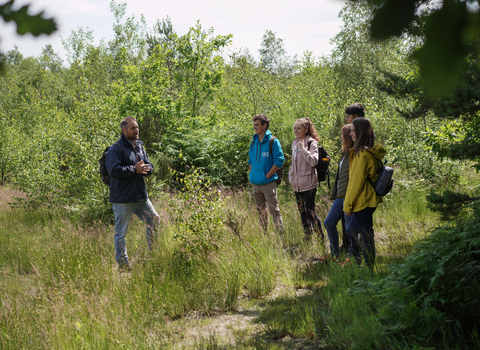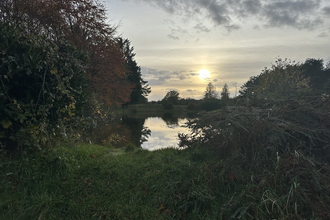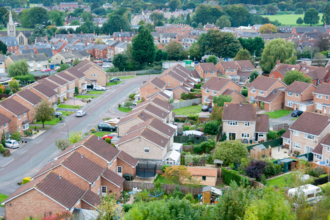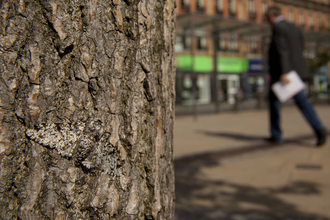Local Planning Authorities and BNG
Local Planning Authorities (LPA's) have the authority to establish guidelines that promote biodiversity net gain (BNG) and assist in identifying suitable local areas for habitat creation and improvement. This helps landowners who wish to sell off-site biodiversity units and developers who need to meet BNG requirements.
LPAs also ensure that developers are aware of the BNG requirement and can define local policy requirements for BNG, such as local nature recovery strategies. The 10% is the national minimum although several local planning authorities (LPAs) including Kent Nature Partnership (KNP), who are working with local planning authorities to progress the adoption of a 20% target for Biodiversity Net Gain (BNG).
LPAs are also required to report on the BNG plans they receive and monitor their implementation. The metric increases transparency and accountability for biodiversity-impact mitigation plans. A standardised metric should make it easier to judge the legality of ecology-based arguments against planning applications, although this requires officers in the planning authority to fully understand the different component measurements that make up the number of units.
BNG Impact on Planning Policy
Under the new Environment Act 2021, all planning permissions in England (with a few exceptions) must achieve a minimum of 10% biodiversity net gain. Kent Wildlife Trust, in collaboration with the Kent Nature Partnership, is advocating for districts in Kent to surpass this requirement and aim for 20% BNG. Kent is not the only region striving for higher gains in nature, and we can gain insights from districts like Guildford that have recently implemented Local Plan Policies for 20% BNG.
The key principle behind achieving BNG is the mitigation hierarchy, which prioritises avoiding impacts on wildlife, followed by mitigation measures, and only as a last resort, compensating for any losses. If implemented effectively, BNG provides a significant opportunity for the sector to address the ecological emergency and create a positive legacy for both people and wildlife.
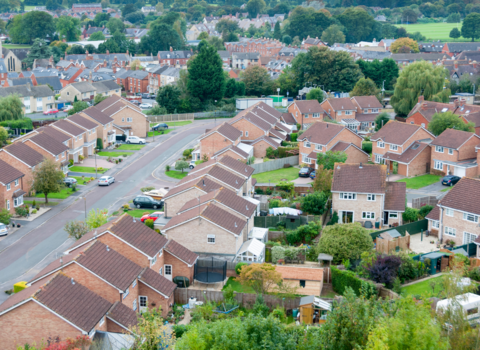
Advice for local planners
Kent Wildlife Trust’s Planning and Policy Team are already providing advice and comments to local planning officers to push for BNG assessments to be held to the highest standards, including the need for habitat creation and enhancement plans to be realistic and deliverable.
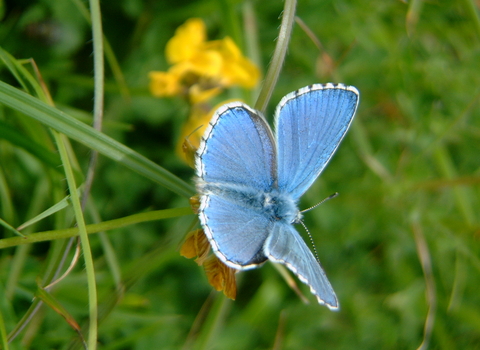
BNG Services for local planners
Our environmental consultancy, part of the Kent Wildlife Trust Group are working with local authorities to help develop their strategies and provide a range of BNG services including a BNG offsetting portal which lists client units available for sale now. By working with Adonis Blue you can access a wide range of BNG services and access expert advice and experience specific to Kent.

Local Nature Recovery Strategy
In Kent, the local nature recovery strategy and BNG unit registry is being developed by Kent County Council under the initiative Making Space for Nature who are working with a range of key stakeholders including Kent Wildlife Trust to develop their strategy and launch Kent's BNG registry.
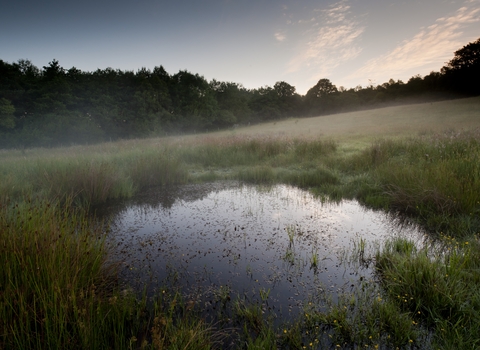
RossHoddinott2020vision
Evidence for 20% BNG
It is important to recognise that the figure of 10% has not been identified as the percentage of biodiversity gain required to halt the biodiversity crisis. Whilst 10% BNG is the minimum required by the Environment Act, its legislative status does not mean that this is all that is required to meet the UK’s commitments to natures recovery. This justification for the need to adopt a higher percentage of BNG has been used by local authorities in other counties who have successfully included a 20% BNG policy in their Local Plan.
What can Parish and Town Councils do?
What actions can Parish and Town Councils take to support BNG to achieve positive outcomes for local residents and wildlife?
- Collaborate with District Councils to establish robust Local Plan policies for BNG that go beyond the minimum requirement of 10% and incorporate best practices.
- Incorporate a BNG policy into Neighbourhood Plans that aligns with the Local Plan Policy and outlines the principles of effective BNG in your local area. This could involve creating wildlife corridors and providing benefits that engage and support the local community.
- Initiate proactive discussions with developers in your area to ensure the successful implementation of BNG initiatives.
- Explore opportunities to implement offsite BNG projects on council-owned land to address local priorities and support the community.
